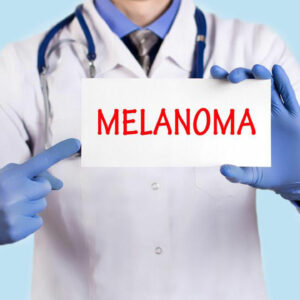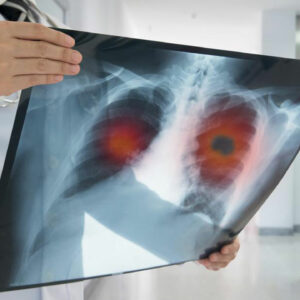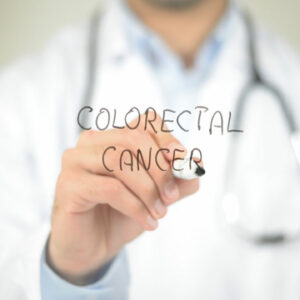
01
5 New Age Treatments to Cure Breast Cancer
Today, breast cancer treatment options are no longer limited to one or two options, all thanks to the advanced technology and development of the medical industry. The survival rate of patients with breast cancer has increased, an early detention has become possible, and a new approach to curing breast cancer is practiced by doctors today. With so many options to choose from, it becomes necessary that you gather enough information about all the treatment options before you pick what would work best for you. Doctors recommend various treatment options after carefully studying your cancer type, size of the tumor, to what extent it has spread, other medical conditions you are suffering from, and your overall health. In this article, you will learn about some of the top treatment methods that are recommended by the doctors to treat the most common type of cancer in women in the country. Breast cancer surgery Most women opt for a breast cancer surgery as their primary treatment to get rid of breast cancer. Breast surgery is done using different surgical procedures. Some of the conventional surgical methods used are as follows: Lumpectomy- It is effective for getting rid of the small tumor. In a lumpectomy, the surgeon operates and removes the cancer tumor and a small amount of healthy tissue surrounding the tumor. If the cancer tumor in your case is large, then your doctor might tell you to undergo chemotherapy to shrink the size of the tumor first, and then get a lumpectomy done. Mastectomy- If cancer has spread all over your breast, then the doctor might recommend you get your entire breast removed. The surgical process of removing of the entire breast tissue which includes the lobules, fatty tissue, and the nipple is termed as the mastectomy. Removal of both the breast- If you have a strong family history of breast cancer and have one breast suffering from cancer, doctors might suggest getting both the breasts removed to avoid the risk of getting breast cancer in future.
Read More 









